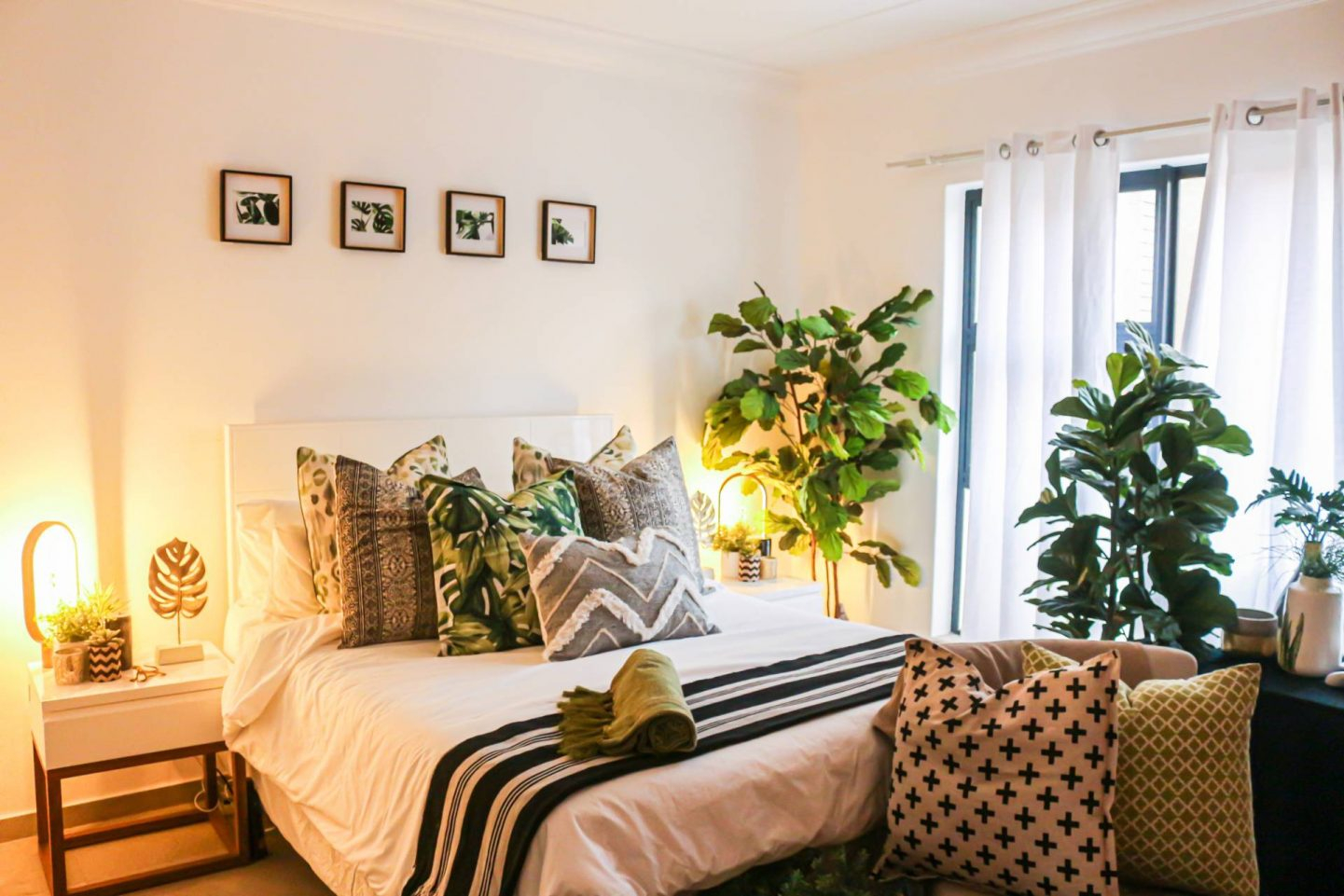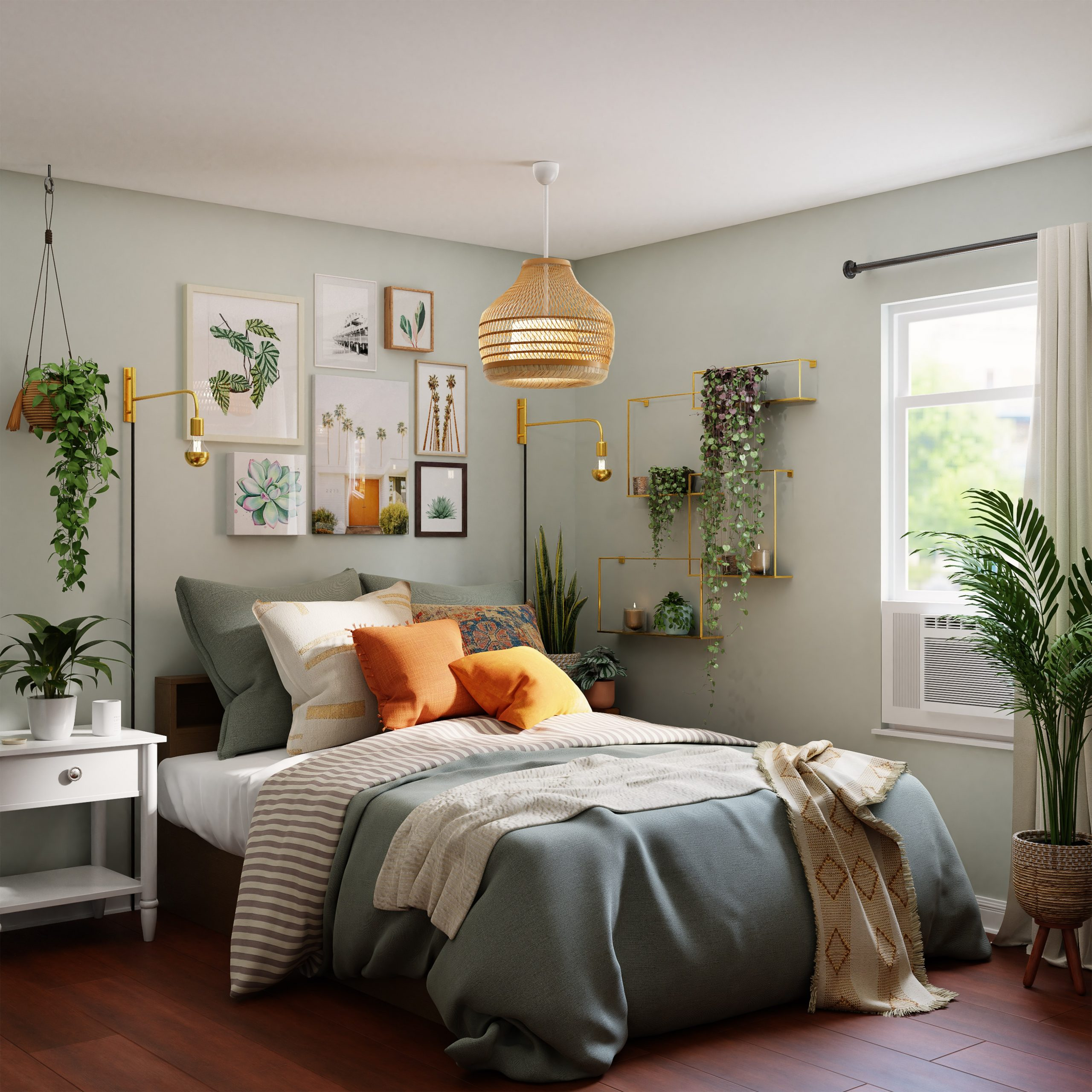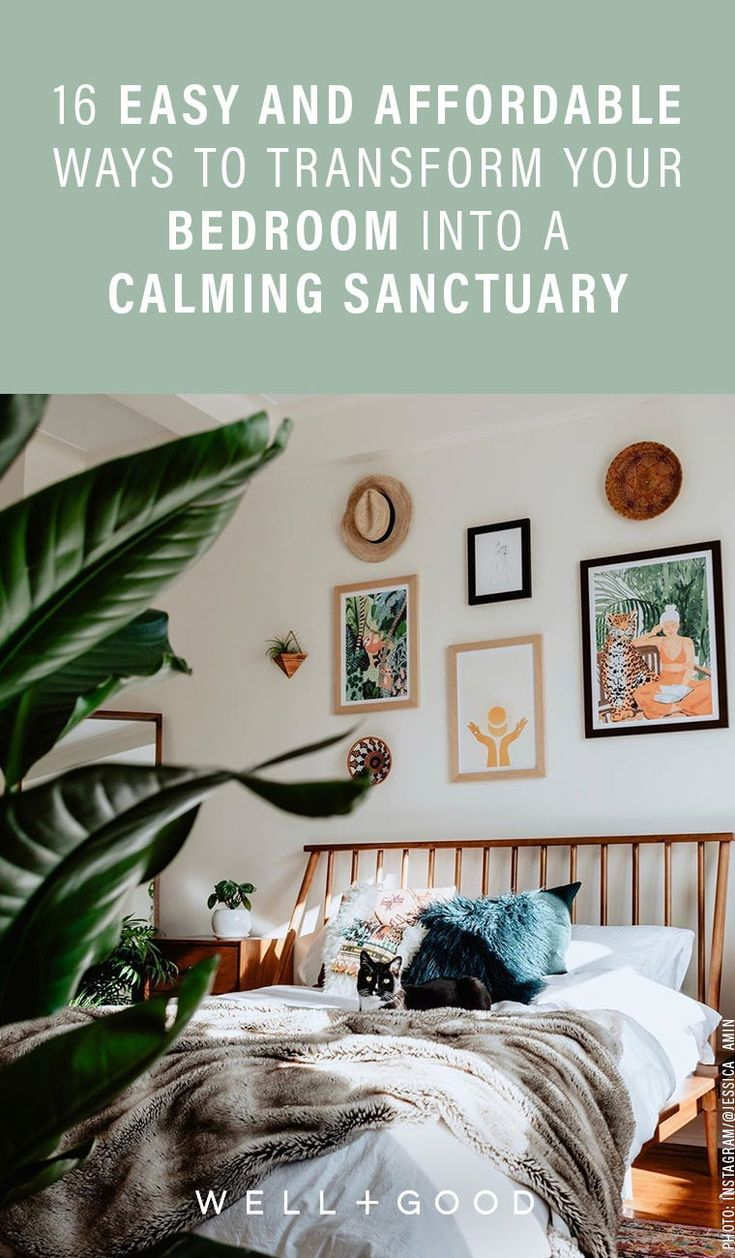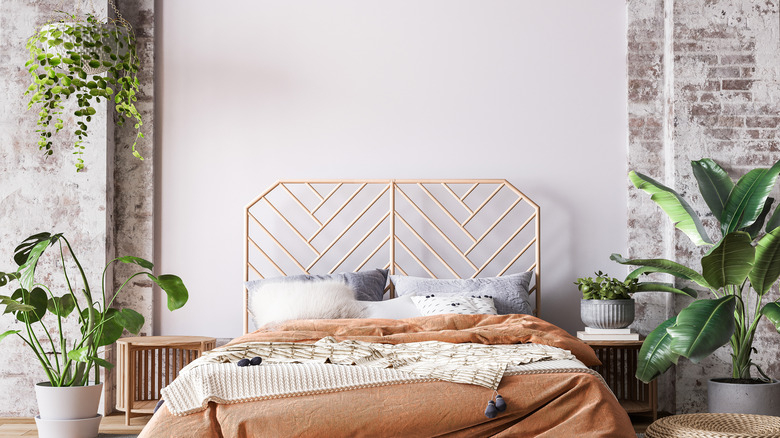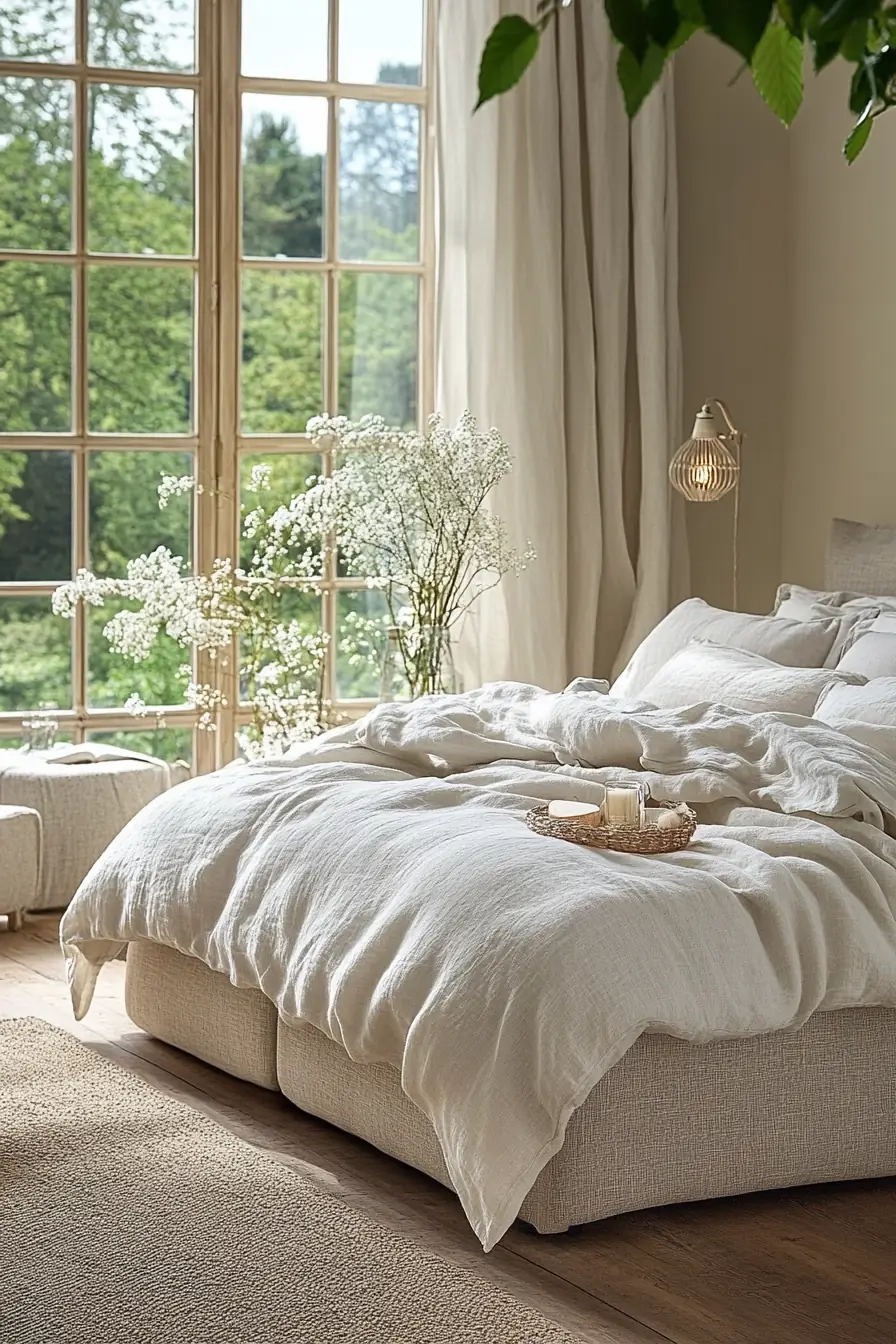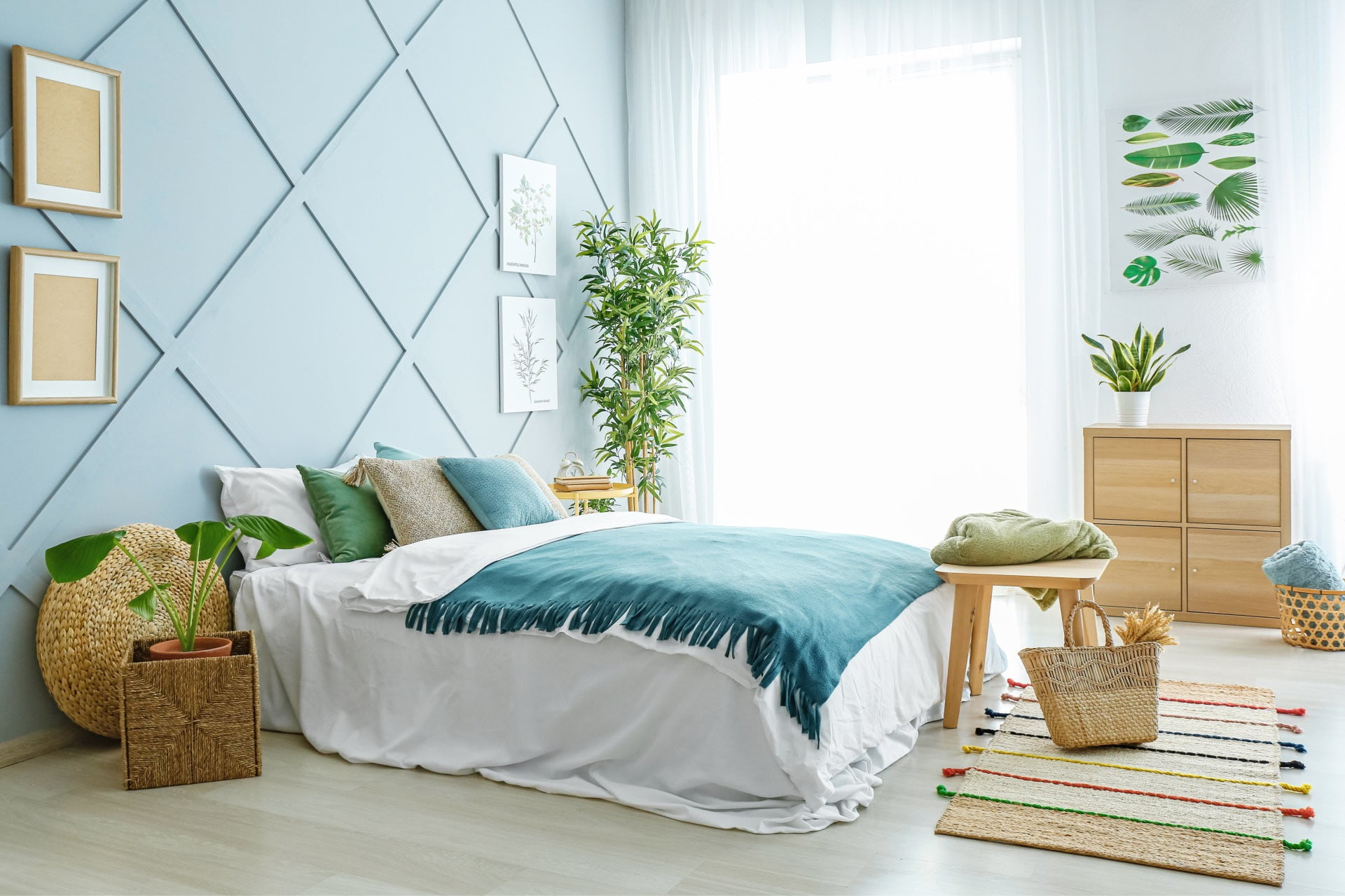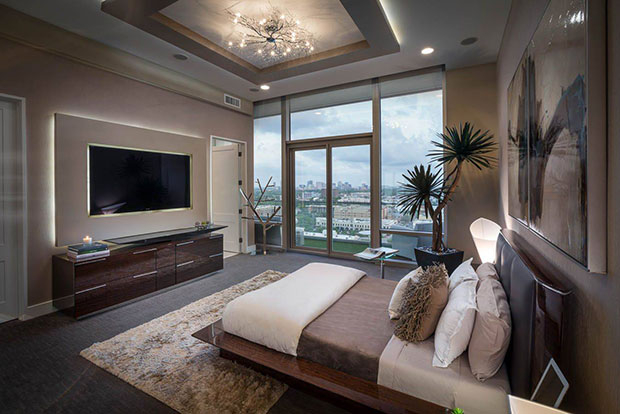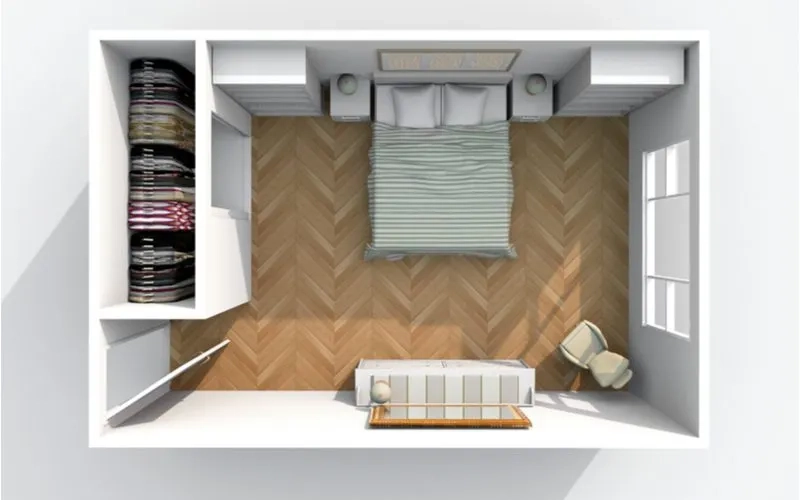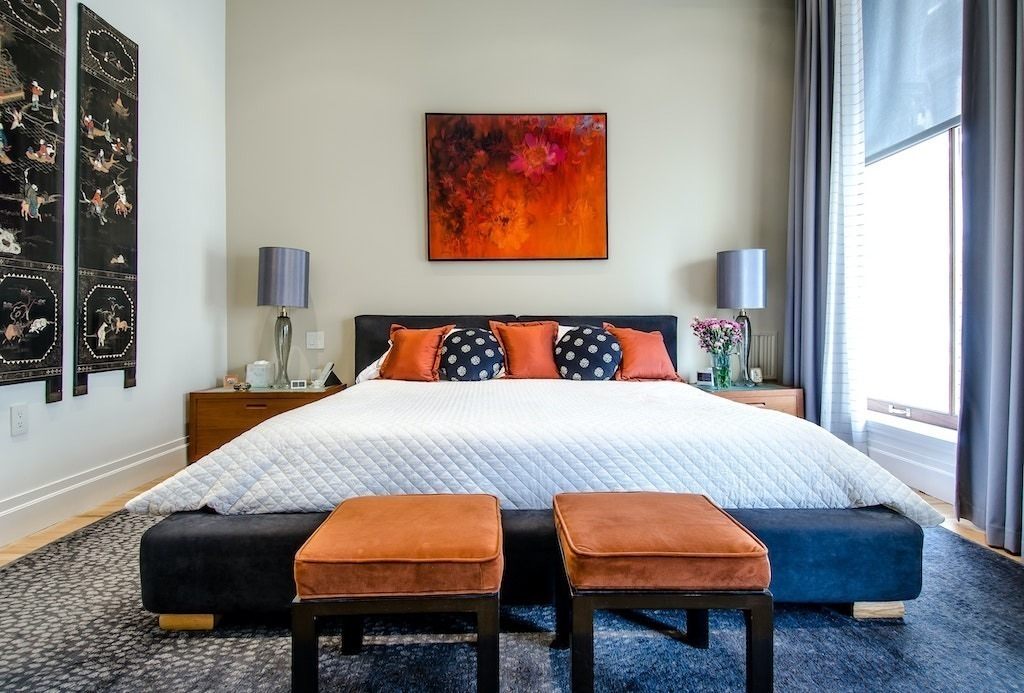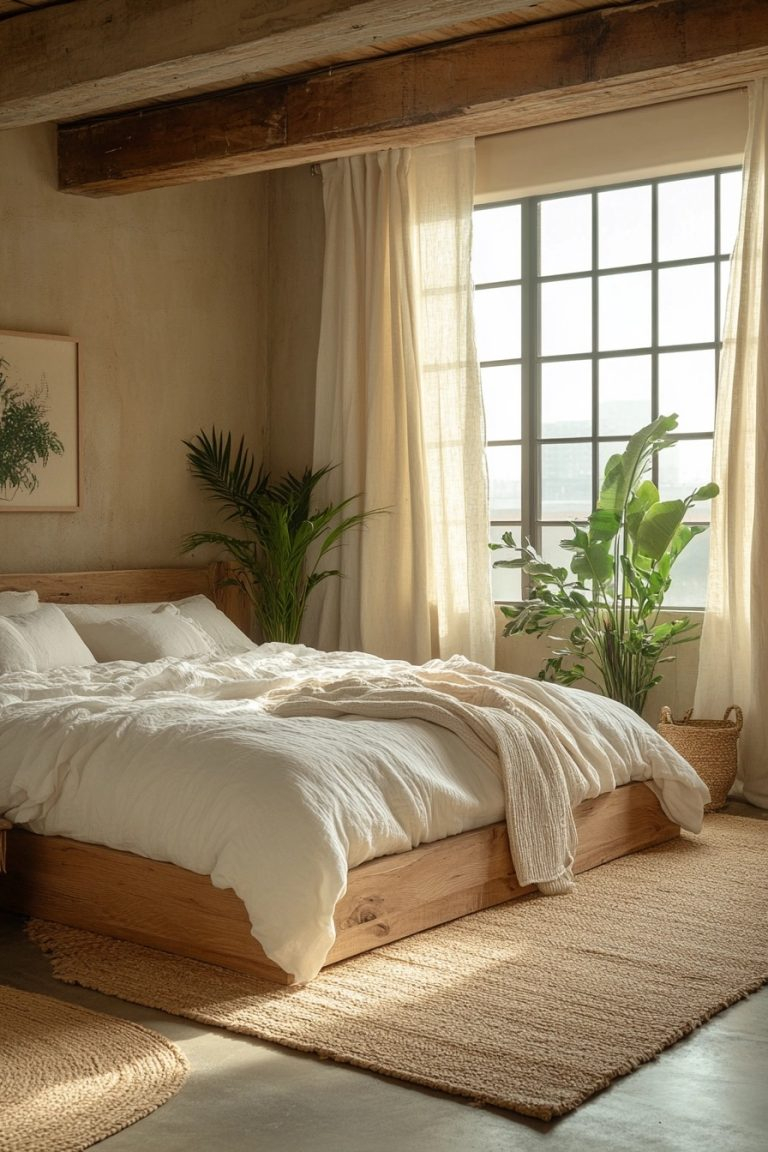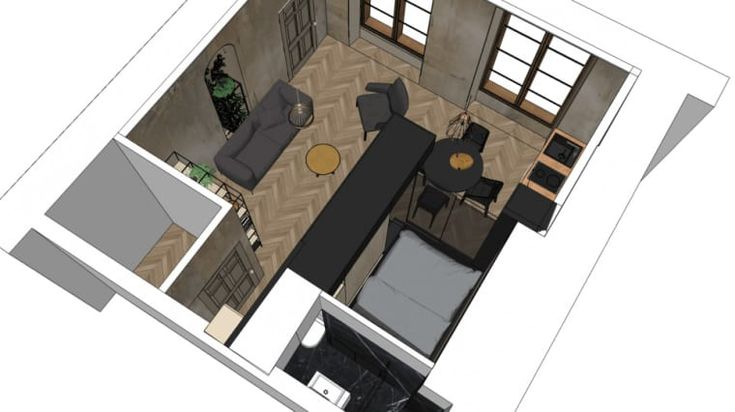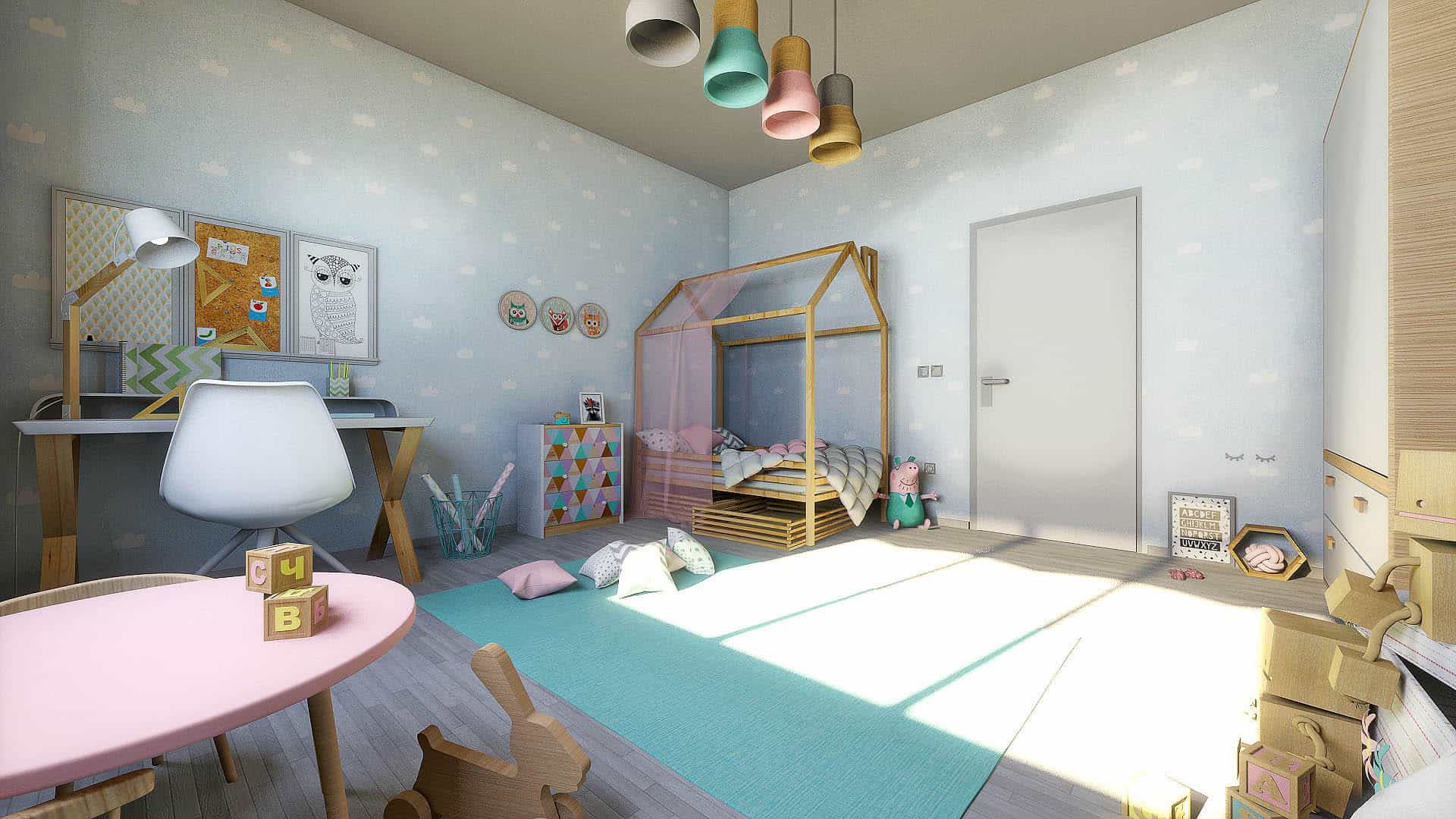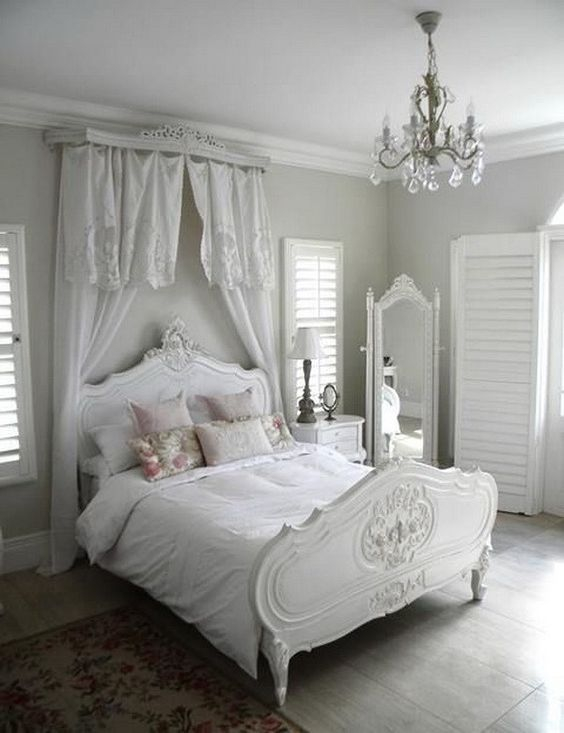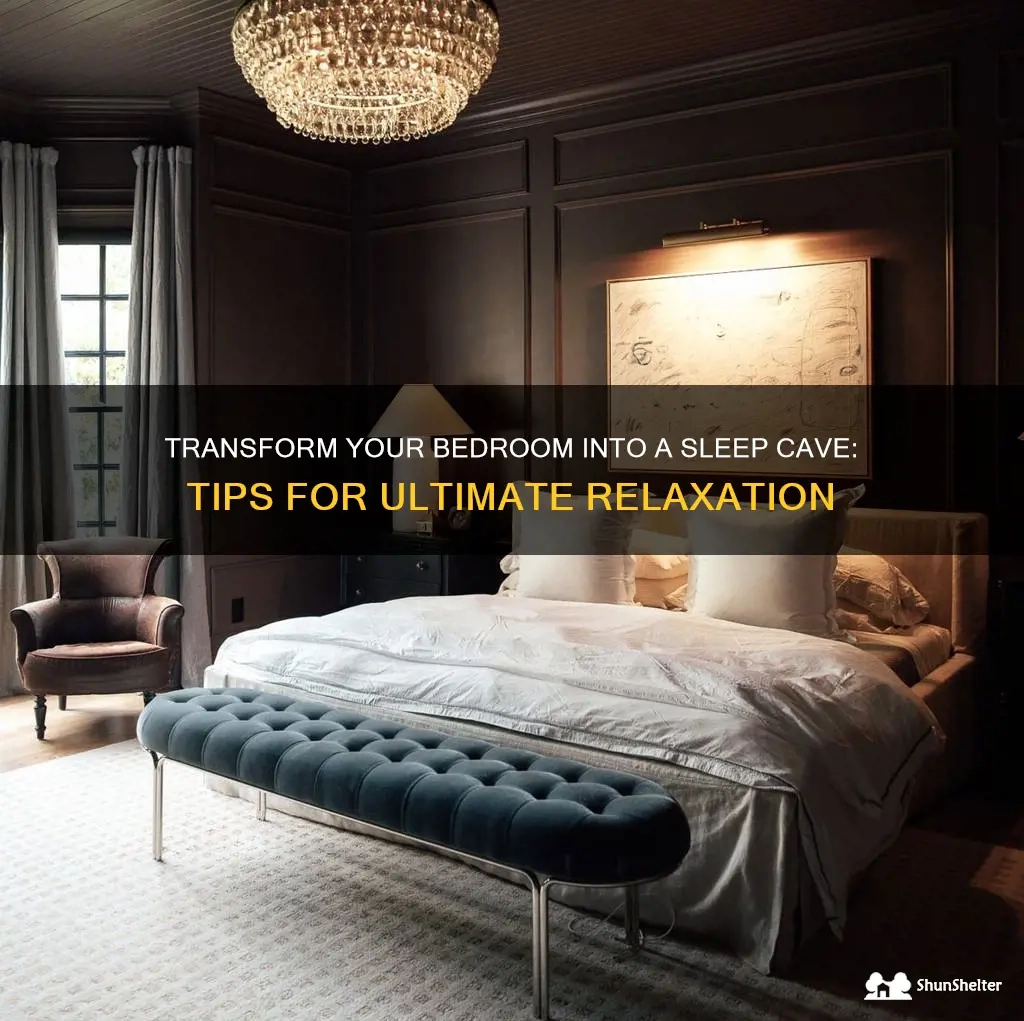We spend a huge chunk of our lives in our bedrooms, and yet, how much thought do we really give to the atmosphere of this incredibly important space? It’s not just where we crash at the end of the day; it’s meant to be a haven, a place where our minds and bodies can truly switch off and recharge. Creating the right ambiance is key to unlocking those elusive deeper sleep cycles that leave you feeling refreshed and ready to take on the world. Let’s dive into how a few simple tweaks can make a world of difference.
Ever notice how some hotel rooms just feel more restful? Or how a cozy cafe can lull you into a relaxed state? That’s the magic of ambiance at play. It’s the sum of sensory experiences – what you see, hear, smell, and feel – that collectively shapes your mood and physiological responses. For sleep, this is absolutely crucial. Our bodies are finely tuned to environmental cues, and a bedroom that’s optimized for relaxation and sleep can signal to your brain that it’s time to wind down. Forget counting sheep; let’s focus on crafting an environment that naturally invites slumber.
Mastering the Darkness: The Light Factor
Light is perhaps the most powerful environmental cue when it comes to sleep. Our internal body clock, or circadian rhythm, is heavily influenced by light exposure. Too much light, especially blue light emitted from screens, can trick your brain into thinking it’s still daytime, suppressing the production of melatonin, the hormone that tells your body it’s time to sleep.
What to do:
- Embrace the dark: Aim for a room that’s as dark as possible. Blackout curtains are your best friend here. Even small slivers of light from under doors or electronic devices can disrupt sleep. Consider using blackout tape for any pesky LEDs.
- Dim the lights: In the hour or two before bed, switch to dimmer, warmer lighting. Think soft lamps instead of harsh overhead fluorescents. This gentle transition signals to your body that the day is winding down.
- Screen time smarts: If you must use screens, activate night mode or blue light filters. Better yet, try to put devices away at least an hour before hitting the pillow. The distraction alone can keep your mind buzzing.
The Soundscape of Sleep: Silence or Sound?
Noise is another major sleep saboteur. Sudden or jarring sounds can jolt you awake, even if you don’t fully remember it. But complete silence isn’t always ideal either, especially if you live in a noisy environment. Unexpected sounds can be more disruptive than consistent, predictable ones.
What to do:
- White noise or nature sounds: A white noise machine or an app that plays calming sounds like rain, ocean waves, or gentle fan hums can create a consistent sound barrier. This masks sudden noises and provides a soothing backdrop.
- Earplugs: If external noise is unavoidable and a sound machine isn’t your thing, good quality earplugs can be a lifesaver. Experiment with different types to find a comfortable fit.
- Soundproofing basics: While full soundproofing is a big undertaking, simple measures like heavy curtains or rugs can help absorb some ambient noise.
The Perfect Temperature: Cool is Key
Believe it or not, your body temperature actually drops slightly as you prepare for sleep. A room that’s too warm can interfere with this natural cooling process, leading to restlessness and fragmented sleep. Most experts agree that a cooler room is generally better for sleep.
What to do:
- Aim for cool: The ideal sleep temperature is often cited as being between 60-67 degrees Fahrenheit (15-19 degrees Celsius). Experiment within this range to find what feels most comfortable for you.
- Ventilation matters: Ensure your room has good airflow. Opening a window slightly, if weather and noise permit, can help keep the air fresh and cool.
- Breathable bedding: Opt for natural, breathable fabrics for your sheets and pajamas, like cotton or linen. These help regulate your body temperature and prevent overheating.
Creating a Comforting Cocoon: Bedding and Beyond
Your bed should be an invitation to rest. The feel of your sheets, the support of your mattress, and the fluffiness of your pillows all contribute to your overall comfort and, consequently, your sleep quality. A space that feels cluttered or uninviting won’t promote relaxation.
What to do:
- Invest in comfort: While this can be subjective, prioritize a mattress that offers good support and bedding that feels pleasant against your skin. If your mattress is old or uncomfortable, it might be time for an upgrade.
- Keep it tidy: A clean and organized bedroom can have a surprisingly positive impact on your mental state. It reduces visual clutter and can make the space feel more serene.
- Aromatherapy: Certain scents, like lavender, are known for their calming properties. A subtle essential oil diffuser or a linen spray can add another layer of relaxation to your room.
- Minimize electronics: Try to keep TVs, computers, and work-related items out of the bedroom. Designate it as a sleep and relaxation zone only. This mental separation is powerful.
The Psychological Connection: Your Bedroom’s Vibe
Beyond the physical elements, the psychological association you have with your bedroom plays a huge role. If it’s a place where you worry, work, or spend time on stimulating activities, your brain might start to associate it with wakefulness rather than rest.
What to do:
- Bed is for sleep (and intimacy): Try to reserve your bed primarily for sleeping and intimacy. Avoid working, eating, or watching intense movies in bed.
- Wind-down routine: Develop a relaxing pre-sleep routine that you perform in your bedroom. This could include reading a physical book, gentle stretching, or meditation. This signals to your brain that it’s time to transition to sleep.
- Declutter your mind, declutter your room: A tidy physical space often leads to a tidier mental space. Take a few minutes each day to tidy up, and consider a weekly deeper clean.
Personalizing Your Sleep Sanctuary
Ultimately, the perfect bedroom ambiance is a personal journey. What works wonders for one person might not be as effective for another. The key is to experiment and pay attention to how different adjustments affect your sleep. Think of your bedroom as a space to nurture yourself, a place where you can truly disconnect and rejuvenate. By consciously crafting an environment that supports your body’s natural sleep processes, you’re investing in your overall health and well-being. It’s about creating a consistent, calming experience that primes you for restorative sleep, night after night. Sweet dreams.
Transforming your bedroom into a sleep sanctuary doesn’t require a massive overhaul. Small, consistent changes to your environment – managing light, controlling sound, maintaining a cool temperature, prioritizing comfort, and fostering positive psychological associations – can make a profound difference in the quality of your sleep. Start by implementing one or two of these tips and see how you feel. Your body and mind will thank you for creating this dedicated space for rest and recovery. Here’s to unlocking those deeper, more refreshing sleep cycles.

